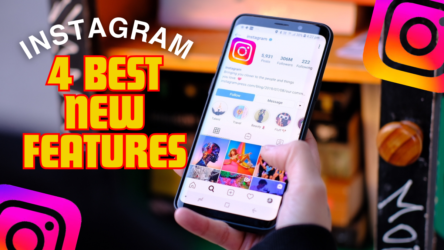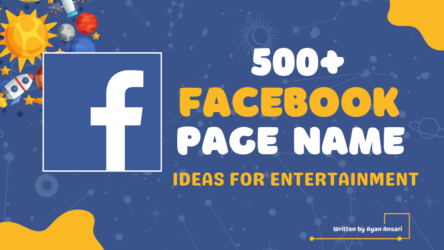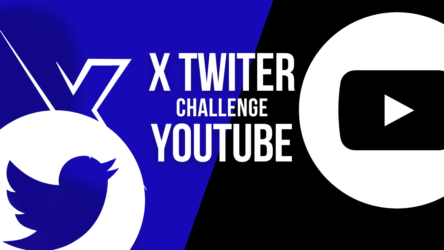ChatGPT outperforms ophthalmologists at identifying eye problems.
New York, NY (Walk 8, 2024) A groundbreaking review published in the Journal of the American Medical Association (JAMA) Ophthalmology provides a brief look into the ultimate fate of clinical findings, demonstrating the ability of large language models (LLMs), such as ChatGPT to outperform human specialists in specific tasks.
LLM beats Ophthalmologists in Eye Illness Diagnosis:
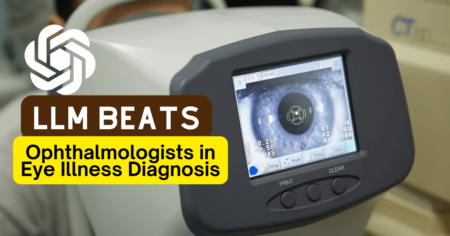
The Icahn Organization of Medication at Mount Sinai in New York City directed an assessment on 20 individuals experiencing different kinds of eye illnesses. Every patient was evaluated by three ophthalmologists (eye doctors) and ChatGPT.
The outcomes were surprising:
ChatGPT precisely analyzed the eye illness in each of the 20 cases, while ophthalmologists accurately analyzed the sickness in 19 cases. This unexpected result suggests that LLMs, prepared on massive datasets of clinical data, could upset the field of ophthalmology.
Potential Applications of LLMs in Ophthalmology:
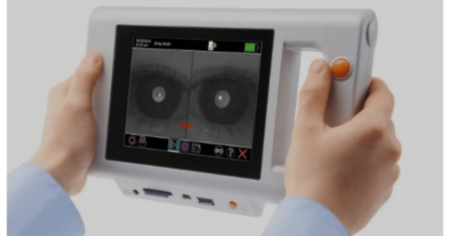
The study’s findings point to several potential applications of LLMs in ophthalmology. These include:
- Diagnostic Tool: LLMs could be used as a supplementary diagnostic tool alongside human specialists, providing additional insights and potentially leading to improved accuracy and earlier detection of eye diseases.
- Patient Information and Decision Support: LLMs might be linked into patient portals or mobile applications, providing patients with clear and straightforward information about their eye diseases and potential treatment choices, allowing them to make more educated healthcare decisions.
- Training and Education: LLMs might be used to create training simulations for ophthalmologists and other healthcare workers, allowing them to practice diagnosing and treating a variety of eye illnesses in a safe and controlled setting.
Limitations of the Study and Future Research:
The researchers acknowledge certain limitations of the study. The small sample size of 20 patients and the single-setting environment at the Icahn School of Medicine necessitate further investigation. Additionally, the study did not compare ChatGPT to other LLMs, leaving room for further exploration of various models’ capabilities.
Future research is crucial to confirm the study’s findings and explore the broader potential of LLMs in ophthalmology. Large-scale studies across different settings and comparisons with other LLMs are necessary to understand the generalizability and effectiveness of this technology.
Conclusion:
While the entire influence of LLMs on the medical industry has yet to be revealed, the study’s findings provide exciting potential for the future of ophthalmology. As LLMs advance and improve, their ability to enhance human expertise and revolutionize medical diagnosis and patient care cannot be ignored.
FAQs: ChatGPT and the Future of Eye Disease Diagnosis
How did ChatGPT perform compared to ophthalmologists?
ChatGPT was extremely accurate, diagnosing all 20 eye disease cases provided, whereas ophthalmologists properly recognized the ailment in 19 cases. These data show that LLMs like ChatGPT may increase diagnosis accuracy in the future.
How could LLMs be used in ophthalmology?
LLMs hold promise in several areas:
Supporting diagnosis: They might serve as supplementary tools for healthcare practitioners, giving new insights and perhaps leading to improved accuracy and earlier detection of eye illnesses.
Empowering patients: LLMs may be incorporated into patient portals or applications to provide clear and simple information about their diseases and prospective treatments, allowing them to make informed decisions about their care.
Improving education and training: LLMs might be used to provide training simulations for ophthalmologists and other healthcare workers, allowing them to practise diagnosing and treating various eye illnesses in a safe and controlled environment.
What are the limitations of the study on ChatGPT?
The study had some drawbacks:
Small sample size: The results were based on only 20 patients, requiring further research with a larger and more diverse population.
Single-setting environment: The study was conducted in one location, limiting the generalizability of the findings.
Lack of comparison: The study did not compare ChatGPT to other LLMs, leaving room for further exploration of various model capabilities
How could LLMs be used for training in ophthalmology?
LLMs could be leveraged to develop interactive training simulations for ophthalmologists and other healthcare professionals. These simulations could present various eye disease cases, allowing trainees to practice diagnosis and treatment in a controlled and safe setting, enhancing their skills and improving patient care.
What implications do the study’s results have for the future of LLMs in ophthalmology?
The study highlights the exciting potential of LLMs to supplement human expertise, revolutionize medical diagnosis, and improve patient care in ophthalmology. As LLMs grow and improve, their ability to dramatically alter the sector looks promising. However, further research and ethical concerns are required before completely incorporating these technologies into therapeutic practice.


